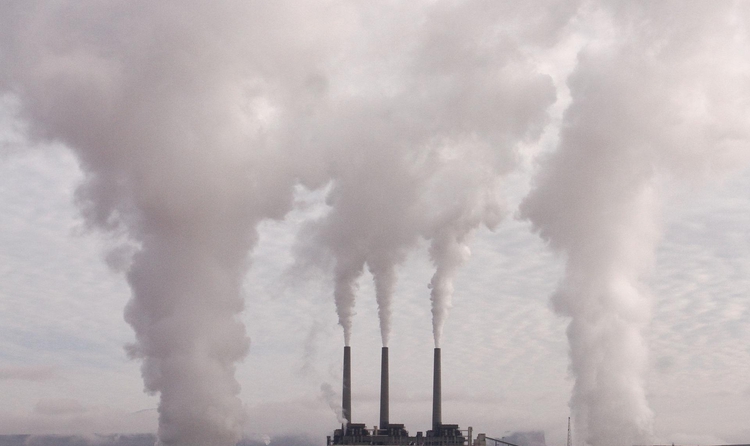How we know that CO2 is connected to climate change

Experts point out that CO2 emissions increase the temperature of the planet and cause the greenhouse effect

One radio programme that has its own Twitch channel, and is also available on Ivoox (1,202 listens) and Spotify, has claimed during one of its programmes that “CO2 has nothing to do with climate change”. This claim is FALSE. There are numerous scientific studies – some of them more than 100 years old – that show that CO2 emissions increase the temperature of the planet. And there is a consensus among the members of the Intergovernmental Panel on Climate Change (IPCC), the scientific leader in assessing climate change, that it is more than 95% likely that human activities in the past 50 years have warmed our planet.
CO2 has nothing to do with climate change
Among the climate misinformation that questions the existence of climate change is the fallacy that rejects the role played by carbon dioxide (CO2) as an accelerator of global warming and also casts doubt on the fact that human activity – which emits enormous amounts of this gas into the atmosphere annually – is ultimately responsible for the increase in average global temperatures.
But the truth is that this gas – composed of one carbon atom and two oxygen atoms – is one of the main causes of climate change. Some scientists have been warning us about this phenomenon since the late 19th century and, at this point, the consensus is near universal: according to the nearly 1,300 scientists who make up the Intergovernmental Panel on Climate Change (IPCC), it is more than 95% likely that in the past 50 years human activities have warmed our planet.
Why does CO2 cause an increase in temperatures?
Scientists have known for more than 170 years that carbon dioxide can trap heat. In fact, this discovery is attributed to a woman, Eunice Foote, who in 1856 published the first article in history that described carbon dioxide’s high capacity for absorbing heat.
To date, scientists know that, despite it being a scentless, colourless gas, CO2 has the ability to trap heat and prevent much of this heat from getting back into the atmosphere again. As a result, scientists refer to it, alongside gases such as methane or nitrous oxide, as a greenhouse gas (GHG). All these gases can “absorb and emit radiation (…) within the spectrum of terrestrial radiation emitted by the Earth’s surface”, which causes “the greenhouse effect”, as the IPCC explains.
This carbon dioxide is produced by human means when petroleum, natural gas or carbon is burned, but it is also produced during certain natural processes such as “volcanic outgassing and wildfires”, according to the scientists of the National Center for Atmospheric Research (NCAR/UCAR). Even we humans emit carbon dioxide when we breathe.
Carbon dioxide has this ability to trap heat thanks to its physical and chemical properties. As explained in this informational article by Columbia University, the complexity of carbon dioxide particles allows them to interact among themselves and with the energy on the surface of the planet, which comes from the infrared waves of the sun. In this way, CO2 particles can
“[vibrate and re-emit] the infrared energy back in all directions”, with about half of that energy going out into space and about half of it returning to Earth. That is how the famous “greenhouse effect” works, a phenomenon which, by the way, was also mentioned for the first time 163 years ago.
A warning that is more than 100 years old
The idea that CO2 emissions have an influence on rising temperatures is more than a century old. As we’ve said, as early as the mid-19th century, scientists had begun saying that carbon dioxide was capable of retaining heat. So, with that idea in his head, Swedish scientist Svante Arrhenius calculated what would happen if the industries of the time increased their CO2 emissions. In 1896, he concluded that if humanity were to double the amount of carbon dioxide it emitted into the atmosphere, the temperature would rise by up to 6°C.
During the 1950s, another scientist, Charles D. Keeling, began measuring CO2 concentrations in the atmosphere from the Manua Loa Observatory in Hawaii on a continuous basis. Since then, concentrations have gone from 280 to 418 parts per million, which is to say, CO2 has gone from making up 0.028% of the atmosphere in 1958 to 0.041% in 2022.